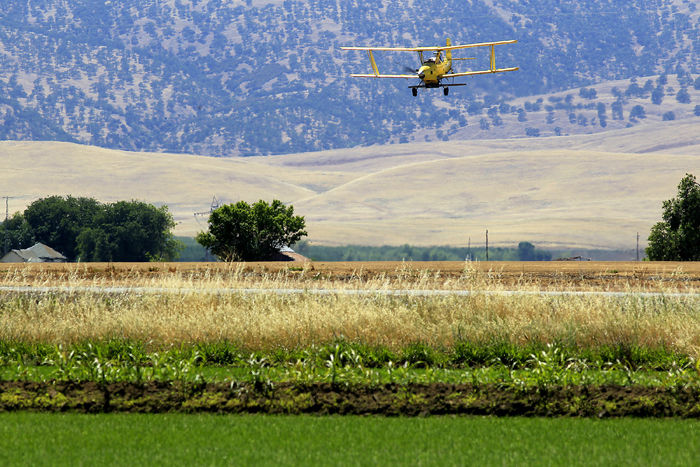Rice crop growth goal in research
January 12, 2016
WSU researchers, in an effort to assist rice-dependent areas, are studying methods to increase photosynthesis in the hopes of boosting crop yields.
WSU plant physiologists Asaph Cousins and Gerry Edwards are introducing more efficient traits found in wild varieties and other crops. This increase will ideally help future generations acclimate to an increasing reliance on rice.
“The current supply of food isn’t projected to meet demands,” Cousins said.
Another part of Cousins’ and Edwards’ work is studying how physiological and biochemical traits influence photosynthesis.
The School of Biological Sciences’ researchers recently received an award from the University of Oxford to start the third cycle of this Bill and Melinda Gates-sponsored project, which is seven years in the works.
“This project is still in its initial phases and could be decades long, as it is a long-term process,” Cousins said.
More than 3 billion people worldwide depend on rice as a staple in their diet. It is the predominant staple crop in countries around the world, according to the United States Rice Producers Association.
The demand for rice is projected to grow by 50 percent by 2050, wich will create shortage problems, according to the Sustainable Rice Platform. Cousins said plants use photosynthesis to convert sunlight and water into useable energy, but some varieties are more efficient than others. Rice uses the “C3” photosynthetic pathway, which is dramatically less efficient in hot, dry or nutrient-poor environments than the “C4” pathway, which sustains corn and sugarcane.
Reporting by Hannah Welzbacker





















